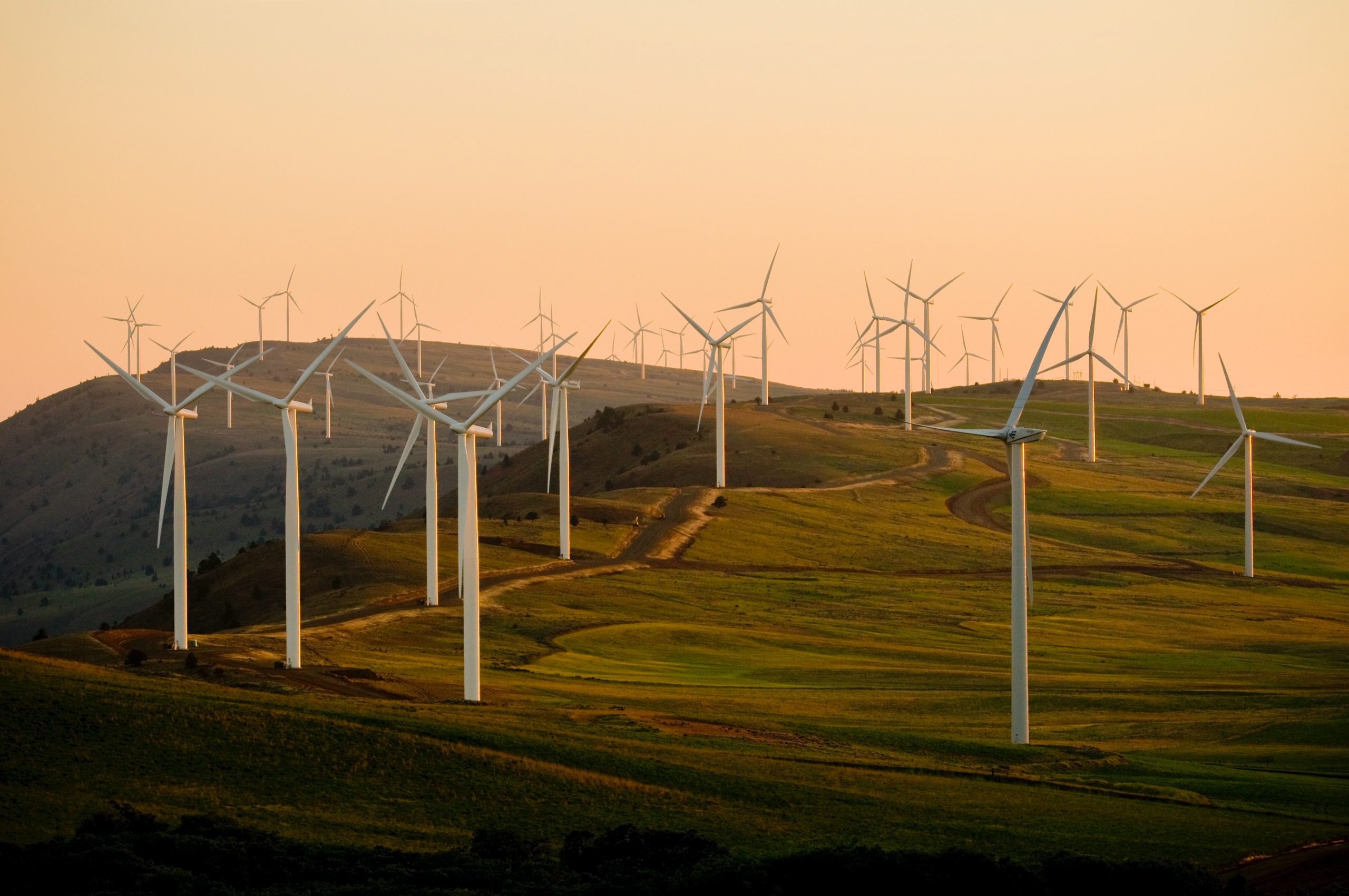Table of Contents
ToggleIntroduction:
Renewable energy sources such as wind power are often hailed as a solution to combat climate change and reduce carbon emissions. However, the construction and operation of wind farms can also have unintended consequences for human rights. In recent years, activists and experts have raised concerns over the potential impacts of wind farms on local communities and indigenous peoples. In this article, we will explore the issue of wind farms and human rights, including the concerns raised by environmental activists, the benefits of renewable energy, and the importance of finding a balance between the two.
The Benefits of Renewable Energy
Renewable energy sources like wind power offer many benefits, including reducing greenhouse gas emissions and creating jobs in the renewable energy sector. Wind power is a particularly attractive option because it is clean, reliable, and increasingly affordable. The development of wind farms has been seen as a way to move towards a greener and more sustainable future. However, there are concerns that the rush to develop wind power may overlook the potential impact on human rights.
The Concerns of Environmental Activists
Environmental activists have raised concerns about the potential impact of wind farms on local communities and indigenous peoples. In some cases, wind farms have been built on land that is sacred or culturally significant to indigenous communities. The construction of wind turbines and related infrastructure can also disrupt wildlife habitats and threaten endangered species. Additionally, the noise and visual impact of wind turbines can affect the health and well-being of nearby residents. Finally, some have argued that the rush to develop wind power may create a new form of colonialism, as multinational corporations extract resources from vulnerable communities without providing adequate compensation.
The Importance of Finding a Balance
While it is important to prioritize renewable energy sources, it is equally important to ensure that the development of wind farms does not violate human rights. To strike the right balance, there are several steps that can be taken.
First, developers should consult with local communities and indigenous peoples to ensure that their concerns are heard and addressed. This may involve providing compensation for the use of land or partnering with local organizations to create sustainable development programs.
Second, developers should conduct environmental impact assessments to identify potential risks to wildlife and natural habitats. This can help to identify ways to mitigate the impact of wind farms on the environment.
Finally, there should be greater transparency and accountability in the development of wind farms, including reporting on the human rights impact of such projects.
Case Study – Norway’s Wind Farms
Recently, Greta Thunberg criticized Norway’s wind farms for being an unacceptable violation of human rights. According to Thunberg, the construction of wind farms has disrupted reindeer herding and destroyed the habitat of indigenous Sami communities. While Norway has committed to reducing its carbon emissions, Thunberg argues that this should not come at the expense of human rights. This case study highlights the importance of balancing the benefits of renewable energy with the need to protect human rights.
Conclusion:
Wind power has the potential to play a significant role in combating climate change and reducing carbon emissions. However, the development of wind farms must be approached with caution to ensure that human rights are not violated in the process. By consulting with local communities, conducting environmental impact assessments, and promoting transparency and accountability, developers can strike the right balance between renewable energy and human rights. The case study of Norway’s wind farms serves as a reminder of the importance of finding this balance and taking a human rights-based approach to the development of renewable energy sources.







